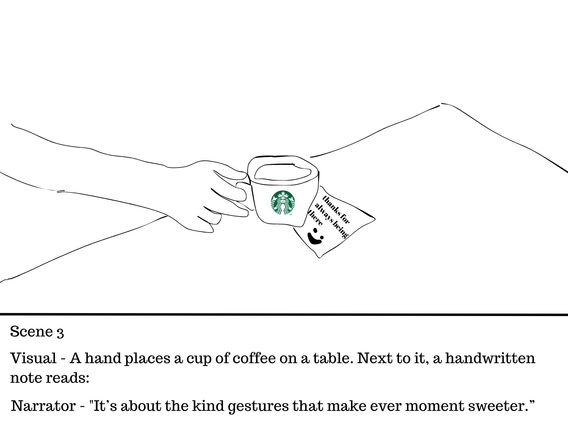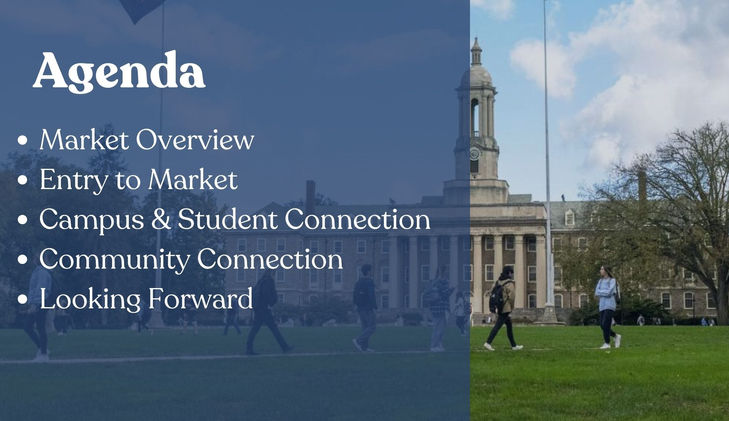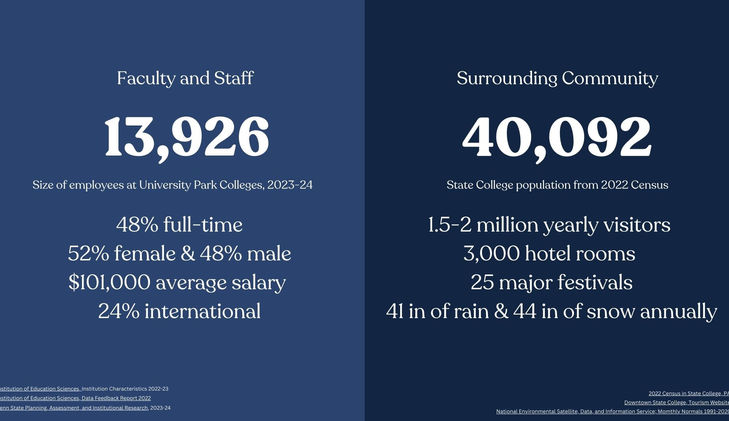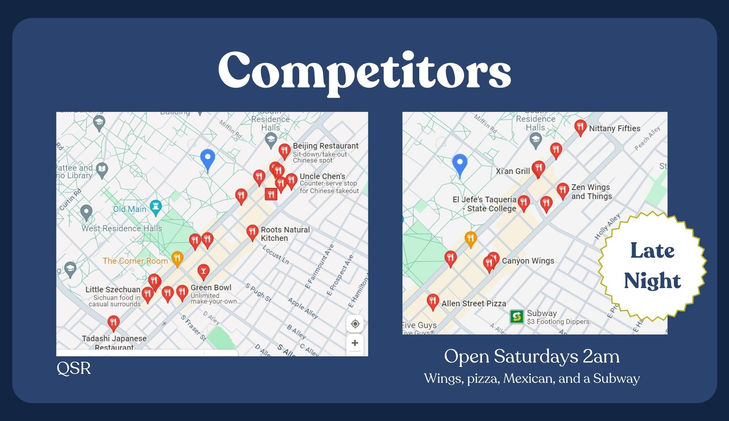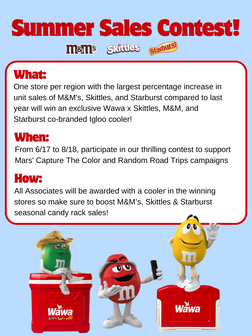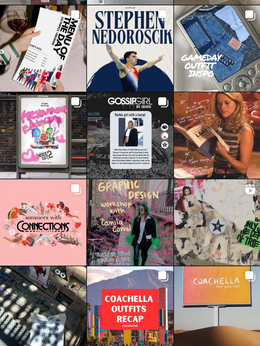PORTFOLIO
An advertising campaign was created for a class assignment. MRI Simmons provided information in brief below.
KITKAT
Advertising Brief:
Why are we advertising: Kit Kat’s advertising often plays on the emotional connection people have with the brand, using slogans like “Have a break, have a Kit Kat.” It taps into moments of relaxation, encouraging people to associate the product with a positive, comforting experience.
Who are we talking to: Our target audience consists of adults 35+ (66% of the base), with a slight skew towards females (56%). This consumer is primarily white (71%), with a median income of $75,000. Our target consumer holds a high school diploma (30% graduated high-school, 18% graduated college, 13% postgraduate), and 68% of them own a home. 59% own a pet, 42% have children, and 50% of them are married. Our main target consumer lives in the West South Central (109 index), East North Central (110 Index), or East South Central (106 Index).
What do they currently think: From our crosstabs, we can gather that our consumer indexes low when asked, “I only snack on healthy foods” (index 79). We also discovered that our consumer agrees when asked, “I often eat my meals on the go” (index 116). This tells us that consumer packaged goods are necessary for our consumer. We know that our consumers do not care for healthy options, and are looking for packaged goods for their on the go lifestyle.
What do we want them to think: We want our consumers to believe that KitKat is a product that can bring them joy, relaxation, and comfort. Whether they’re stressed from their busy lifestyle, or just need a pick-me-up, we want them to believe that KitKat can be the relief they’re yearning for.
What are we promising: We’re promising to ensure that the brand remains part of the consumer's consideration whenever they are thinking about snacks that could make them happy and relaxed from their busy life. "Have a Break, Have a Kit Kat," appeals to the idea of relaxation and enjoyment, tapping into consumers' emotional needs and building a positive association with the brand.
SOUTHWEST
A website homepage was created for a class assignment. MRI Simmons provided information in brief below.
.jpg)
Advertising Brief:
Why are we advertising: Southwest Airlines is promoting its brand to reinforce its reputation as an accessible, reliable, and customer-friendly airline. This campaign aims to strengthen the emotional connection with existing customers while attracting new ones by emphasizing value, convenience, and customer-centric service.
Who are we talking to: The primary target audience includes adults aged 45+, who make up 55% of the customer base, with a slight majority of females (57%). This group is predominantly white (76%) with a median household income of around $117,705, indicating a middle-to-upper income level. Most of the target audience is married, owns a home, and has pets. Geographically, they are concentrated in the Mountain, Pacific, and West South Central regions. Additionally, they are frequent users of social media platforms like Facebook and YouTube, with high engagement in watching videos and sharing updates with family and friends.
What do they currently think: From the data we gathered from our crosstabs, we know that Southwest Airlines consumers completely agree with the statement, “Travel and hotel discounts have a strong influence on where I choose to travel and where I choose to stay” (index 118). They also completely agree with, “I’d rather book a trip over the Internet than meet with a travel agent” (index 110). However, it’s interesting to note that our consumers have a relatively low agreement with the statement, “I am willing to pay more for a flight in order to travel on my favorite airline” (index 89), suggesting that while they value convenience, they are not necessarily loyal to one specific airline based on price alone.
What do we want them to think: We want our target audience to perceive Southwest Airlines as the top choice for a stress-free, customer-first travel experience that caters to their needs and lifestyle. Whether they are frequent flyers or traveling for leisure, we want them to feel confident in choosing Southwest for its customer service, flexibility, and dependable, comfortable experience.
What are we promising: We promise transparency, flexibility, and reliability, with a focus on free checked bags, flexible change policies, and an enjoyable in-flight experience. The brand is committed to making air travel easier, more comfortable, and accessible for those who value honesty, convenience, and customer care.
Why should they believe us: With a long-standing reputation for customer-friendly policies and transparent pricing, Southwest has demonstrated its commitment to treating customers fairly and eliminating common travel hassles. This campaign will reinforce that Southwest genuinely understands its customers' needs and strives to provide them with a relaxed, worry-free travel experience.
STARBUCKS
Two advertising campaigns were created for a class assignment. MRI Simmons provided information in brief below.
Advertising Brief:
Why are we advertising: We advertise to keep loyalty with current customers that feel connected to our brand. We advertise to everybody to ensure an inclusive lifestyle.
Who are we talking to: Our primary audience consists of adults aged 25-44 (46% of the base), with a slight skew toward females (60%). They are predominantly white (73%) but also include a significant representation of other ethnicities, such as Asian (5%) and Black/African American (11%). Most of them are well-educated (24% have graduated from college, 16% hold postgraduate degrees), and 70% own homes, which suggests financial stability. They have active social lives and value their pets and families, with 62% owning a pet and 44% having children at home. Their median household income is approximately $101,944. Our consumer is also primarily from the Pacific region (145 index).
What do they currently think: From the data we gathered from our crosstabs, we know that Starbucks consumers completely agree with the statement, “Fast food fits my busy lifestyle” (index 135). They also completely agree with, “Fast food helps me stay in my budget” (index 122). But what is also interesting, is that our consumer completely agrees with the statement, “Fast food is junk food.” (index 113).
What do we want them to think: We want them to think that Starbucks is more than just fast junk food. Starbucks is a place where there is something for everyone. We want them to know that Starbucks is an inclusive shop where they know there is a place for them.
What are we promising: Starbucks offers more than just a coffee; it offers a lifestyle experience where customers can enjoy quality products, feel connected to a welcoming community, and a “third-place” for relaxing or working. We promise that Starbucks will be that third place that can fit their busy lifestyle, while including a large selection of options so that there is something for everyone.
Why should they believe us: They should believe us because aside from offering a wide product selection, we are personal with our advertising and store operations. Starbucks associates greet you with a kind smile, and ensure that they know your name. Our warm and cozy environment makes customers feel welcomed and comfortable within our stores, which is why they should believe us.
AMAZON
A series of Tweets were created for a class assignment. MRI Simmons provided information in brief below.

Advertising Brief:
Why are we advertising: Amazon Prime is advertising to reinforce the value of Amazon Prime and show that it is an essential membership for users to have, as it provides convenience, entertainment, and savings. Amazon Prime’s goal is to attract new subscribers, while reminding already existing subscribers about the broad benefits that are available to them with their subscription.
Who are we talking to: Amazon Prime's primary audience consists of white (77%), married (56%) adults aged 55+ (35%), skewing slightly to women (52%) over men (48%). Generally, the average user has some amount of college education completed (28%), a household income of $95,658, and tends to live in the Pacific Region (index of 106) or New England (105).
What do they currently think: Due to the size of Amazon’s consumer base, it is difficult to find a category where consumers feel strongly one way or the other. Consumers slightly lean towards buying “big ticket” purchases online (107), searching for discount codes before purchases (104), and researching thoroughly before making purchases (103). Likewise, customers do not always look for brand names on packaging (93), make purchases based on advertising (93), or believe social media impacts the brands they choose to buy (95).
What do we want them to think: We want consumers to utilize Amazon Prime as a solution for any and all needs. It should be seen as integral to enhancing their day-to-day lives, as it provides them with quick delivery on almost anything they could imagine, and with good deals as well.
What are we promising: Amazon Prime not only promises fast and free shipping with their subscription, but also a seamless experience between shopping, streaming, online books, medical care, and more. Subscribers also get early access to special deals, like Amazon Prime Day. The subscription is focused on efficiency and making the process of buying goods easier.
Why should they believe us: Amazon Prime is a premier subscription service, from their online shopping experience, customer loyalty and support, service quality, and value. They are committed to continually providing consumers with better discounts and more offers consistently, and have built up a reputation amongst their consumers as reliable and efficient. They are transparent with their pricing, and their services are accessible, making it an easy-to-use platform for consumers.
WAWA
A presentation of the research I completed during my time as a Wawa product marketing intern. The objective was to research how Wawa can connect to the State College community.
A series of posters I made during my Wawa internship for a Wawa x Mars Wrigley collaboration that focused on rewarding Wawa associates.
PSU Ed2010
As the organization's creative marketing manager, I led the social media team by re-branding the org's social media presence while managing all content.
With the rebrand, I also recreated the organization's website. I added new designs, pages that highlight members, and a blog page that allows members to express their writing pieces.














